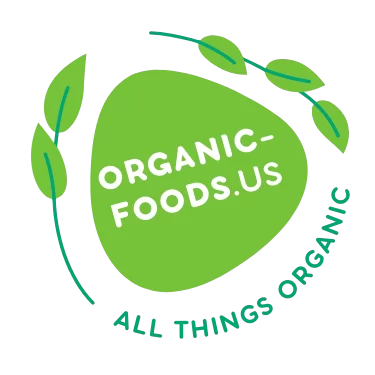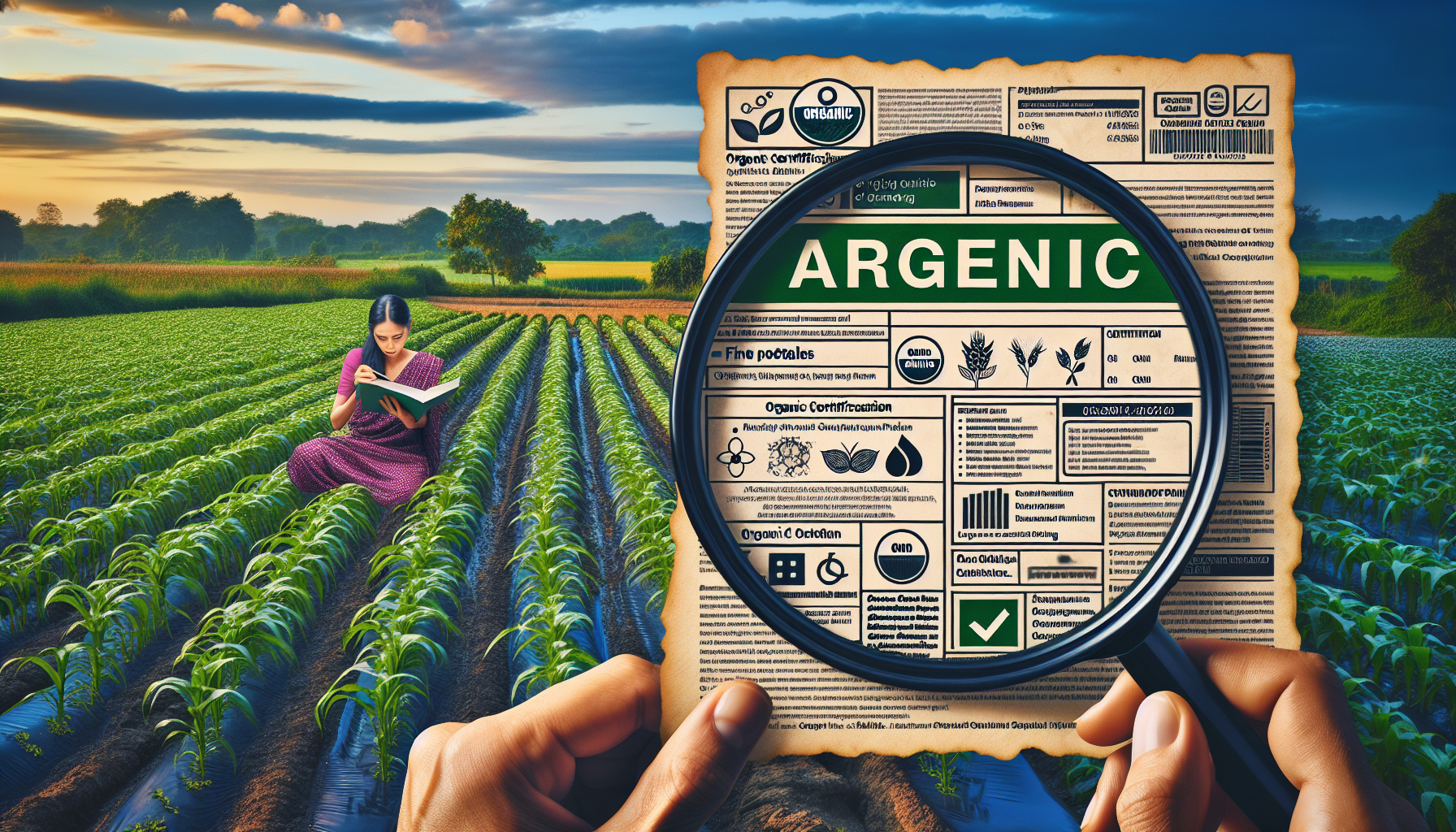Reading Organic Certification Fine Print: What You Need to Know
Introduction to Organic Certification
When you see the word “organic” on a product, it’s easy to feel a sense of relief and trust. After all, organic products are supposed to be free from harmful chemicals and produced in a way that’s better for the environment, right? But have you ever taken a closer look at the fine print on those organic certifications? Understanding the details behind these labels can be crucial, especially if you’re committed to making informed choices about what you consume. Let’s dive into the world of organic certification and uncover what the fine print really tells us.
What Does ‘Organic’ Really Mean?
The term “organic” is regulated by various bodies around the world, but the most recognized standard in the United States is the USDA Organic seal. To earn this seal, products must meet strict production and handling standards that include avoiding synthetic pesticides and fertilizers, genetic engineering, and irradiation. However, the fine print reveals that there are different levels of organic certification, such as “100% Organic,” “Organic,” and “Made with Organic Ingredients.” Each level has its own set of rules and allowances, which can be confusing for consumers.
Decoding the Fine Print
When you pick up an organic product, the fine print on the certification label can tell you a lot about what you’re buying. For instance, a product labeled “100% Organic” must contain only organically produced ingredients, excluding water and salt. On the other hand, a product labeled simply “Organic” must contain at least 95% organic ingredients. The “Made with Organic Ingredients” label requires at least 70% organic ingredients, but it cannot use the USDA Organic seal on the front of the package.
It’s also important to note that the fine print may include information about the certifying body. Different organizations, such as the USDA, the European Union’s organic certification, and private certifiers like the Non-GMO Project, have their own standards and logos. Understanding these differences can help you make more informed choices.
Why the Fine Print Matters
The fine print on organic certifications is more than just legal jargon; it’s a window into the integrity of the product you’re buying. For example, if you’re particularly concerned about avoiding genetically modified organisms (GMOs), you’ll want to look for certifications that explicitly address this issue. The Non-GMO Project Verified label, for instance, ensures that a product contains no more than 9% GMO content, which is a stricter standard than the USDA Organic certification alone.
Additionally, the fine print can reveal information about the product’s origin and processing. Some certifications require that products be produced within a certain region or country, which can be important for supporting local economies and reducing carbon footprints. Others may specify how the product was processed, which can be crucial for those with dietary restrictions or allergies.
Common Misconceptions About Organic Certification
There are several misconceptions about organic certification that can be cleared up by reading the fine print. One common myth is that all organic products are completely free of pesticides. While organic farming does limit the use of synthetic pesticides, some natural pesticides are still allowed. The fine print can help you understand which pesticides are permitted and under what conditions.
Another misconception is that all organic certifications are equal. As mentioned earlier, different certifying bodies have different standards. For example, the European Union’s organic certification may have different rules about animal welfare and soil management compared to the USDA’s standards. By reading the fine print, you can better understand these differences and choose the certification that aligns with your values.
How to Read the Fine Print Effectively
Reading the fine print on organic certifications can be daunting, but it doesn’t have to be. Here are some tips to help you navigate the details:
Look for the Certifying Body: The logo or name of the certifying body is usually prominently displayed. This can give you a quick idea of the standards the product meets.
Check the Percentage of Organic Ingredients: This is often listed in the fine print and can help you understand the level of organic certification the product has achieved.
Read About Additional Certifications: Some products may carry multiple certifications, such as Non-GMO Project Verified or Fair Trade Certified. These can provide additional assurance about the product’s quality and ethical standards.
Understand the Language: Terms like “natural” and “organic” are often used interchangeably, but they have different meanings. The fine print can help you distinguish between these terms and understand what they really mean for the product.
Conclusion: Empowering Your Choices
Understanding the fine print on organic certifications can empower you to make more informed choices about the products you buy. Whether you’re concerned about the environment, animal welfare, or your own health, taking the time to read the details can help you align your purchases with your values. So next time you’re shopping for organic products, don’t just glance at the label—dive into the fine print and discover the full story behind the seal.
For more information on organic certification standards, you can visit the USDA’s Organic Regulations page. If you’re interested in the differences between various certifications, the IFOAM Family of Standards provides a comprehensive overview. And for those looking to understand the impact of organic farming on the environment, the FAO’s Organic Agriculture FAQ is a valuable resource.

